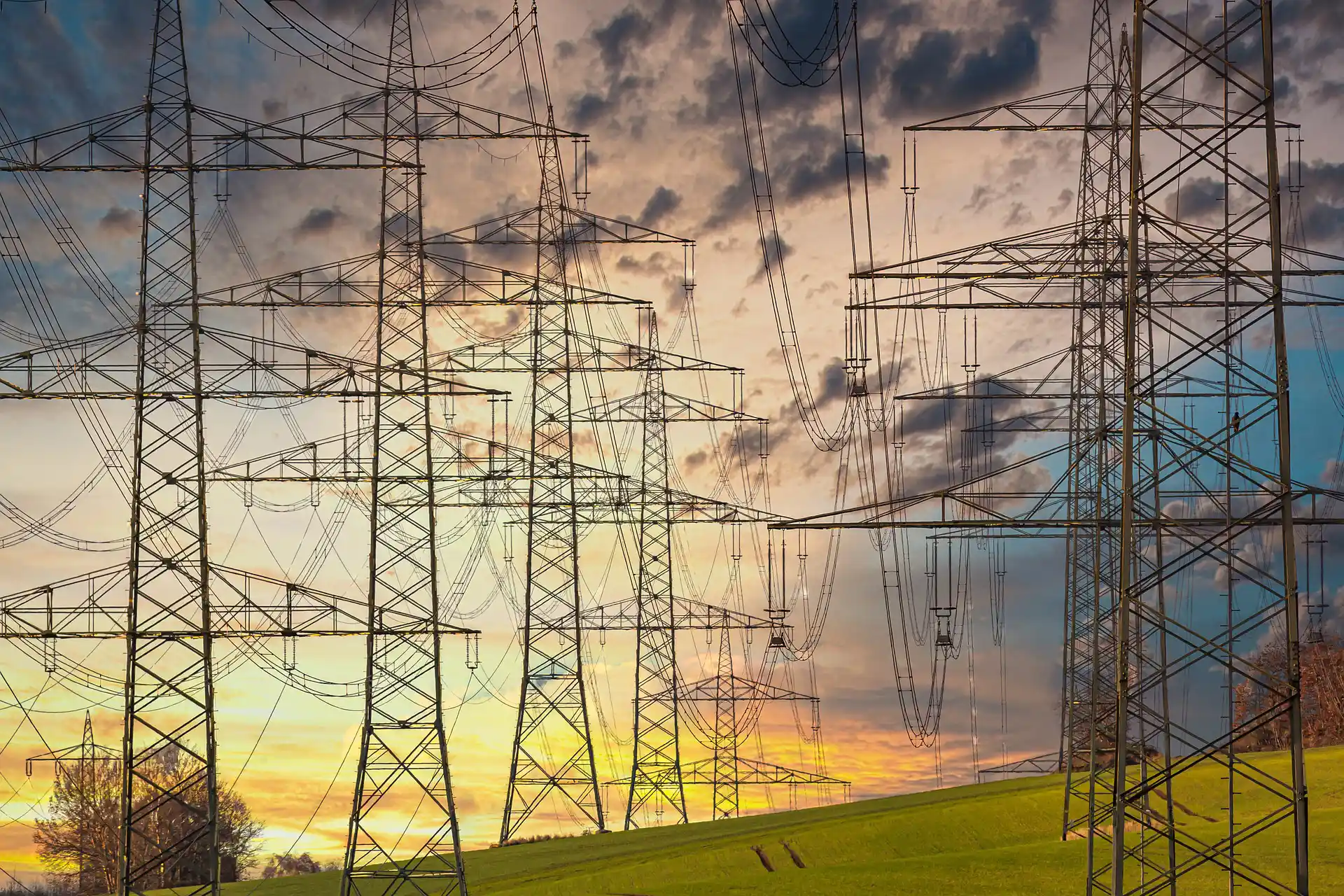Peak load capping
What is peak load capping?
Peak load capping refers to reducing electricity consumption during periods of peak loads. Since the power grid can become overloaded at such times, it is essential to lower consumption to prevent grid congestion and reduce costs. Peak load capping ensures that electricity demand is controlled during these critical phases.
What is a peak load in electricity?
A peak load occurs when electricity demand rises sharply. This can happen within a household or company, or across the entire electricity grid.
- Peak loads in households or businesses: A peak load can occur when several devices or machines operate simultaneously and draw a large amount of electricity. This often happens with energy-intensive equipment such as heating systems, air conditioning units or production machinery. Such peaks are usually short-term but can significantly impact electricity bills and reduce the overall energy efficiency of a household or company.
- Peak loads in the electricity grid: A peak load in the grid occurs when total electricity demand in a supply area increases sharply within a short period of time. These peaks can be triggered by seasonal fluctuations, weather conditions or sudden changes in consumer behaviour. During these times, electricity suppliers must rely on more expensive, fast-start power plants to meet the increased demand. This raises electricity prices, which are ultimately passed on to end consumers. In addition, high grid loads can cause instability, leading to further costs for grid management.
How does peak load capping work?
Peak load capping involves targeted measures to reduce electricity consumption during high-demand periods. This can be achieved in several ways:
- Energy efficiency: Improving energy efficiency within companies lowers overall electricity consumption, reducing the size of demand peaks. Better utilisation of the grid means fewer peak loads occur, cutting costs and relieving grid stress.
- Smart energy management: Modern energy management systems enable real-time analysis and dynamic control of electricity consumption. These systems can respond to changes in grid load and automatically adjust usage. As a result, consumption during high-demand periods is reduced, avoiding peak loads and supporting balanced energy distribution.
- Load shifting: Load shifting involves moving energy-intensive activities to times of lower grid demand. Companies can schedule production or other high-consumption processes during off-peak periods, lowering costs and improving grid efficiency.
- Load limiting: In load limiting, electricity use is actively reduced in real time. Control systems monitor consumption and automatically throttle specific devices or processes during peak load periods. This helps lower total consumption and maintain grid stability.
- Use of storage systems: By using battery storage systems or other systems such as cold storage facilities as energy reservoirs, companies can store surplus electricity when it is cheap and use it during peak periods.
Benefits of peak load capping
Peak load capping offers a wide range of advantages for both companies and households:
- Cost savings: By shifting electricity use to times of lower demand, companies can significantly reduce their energy costs.
- Optimised energy consumptio: Capping peak loads leads to a more balanced distribution of electricity consumption throughout the day. Companies can thereby improve energy efficiency and optimise operations, resulting in long-term cost savings and more sustainable energy use.
- Flexibility and independence: Companies and households that implement peak load capping gain greater control over their energy consumption and increase their flexibility. They become less dependent on fluctuations in energy markets and can optimise their usage patterns with smart systems.
Conclusion: Peak load capping as a key to energy optimisation
Peak load capping is an effective strategy for reducing electricity demand during costly and grid-stressing periods. It helps lower energy costs, stabilise the grid and drive forward energy optimisation. Companies and households that adopt peak load capping contribute to a more sustainable and efficient use of energy.
More knowledge from our blog

Effects of the technical error on the spot market
The day before last Wednesday, there were horrendous electricity prices on the electricity exchange due to a technical error. This was expensive for some industrial companies — our customers were protected by intelligent energy management.

Power grid in Oranienburg overloaded: A proposed solution
Last week, various media reported on the electricity shortage in Oranienburg, the causes and the reaction of energy suppliers. Since such cases could occur more frequently in the future, we will look at possible solutions in the following article.

Optimizing clectricity costs: How companies reduce expenses with new tariff models
Rising energy prices and increasing market volatility are making electricity cost optimization a key economic lever for many companies. Learn how flexible tariffs, dynamic grid fees, and targeted load management can help reduce energy costs sustainably.


